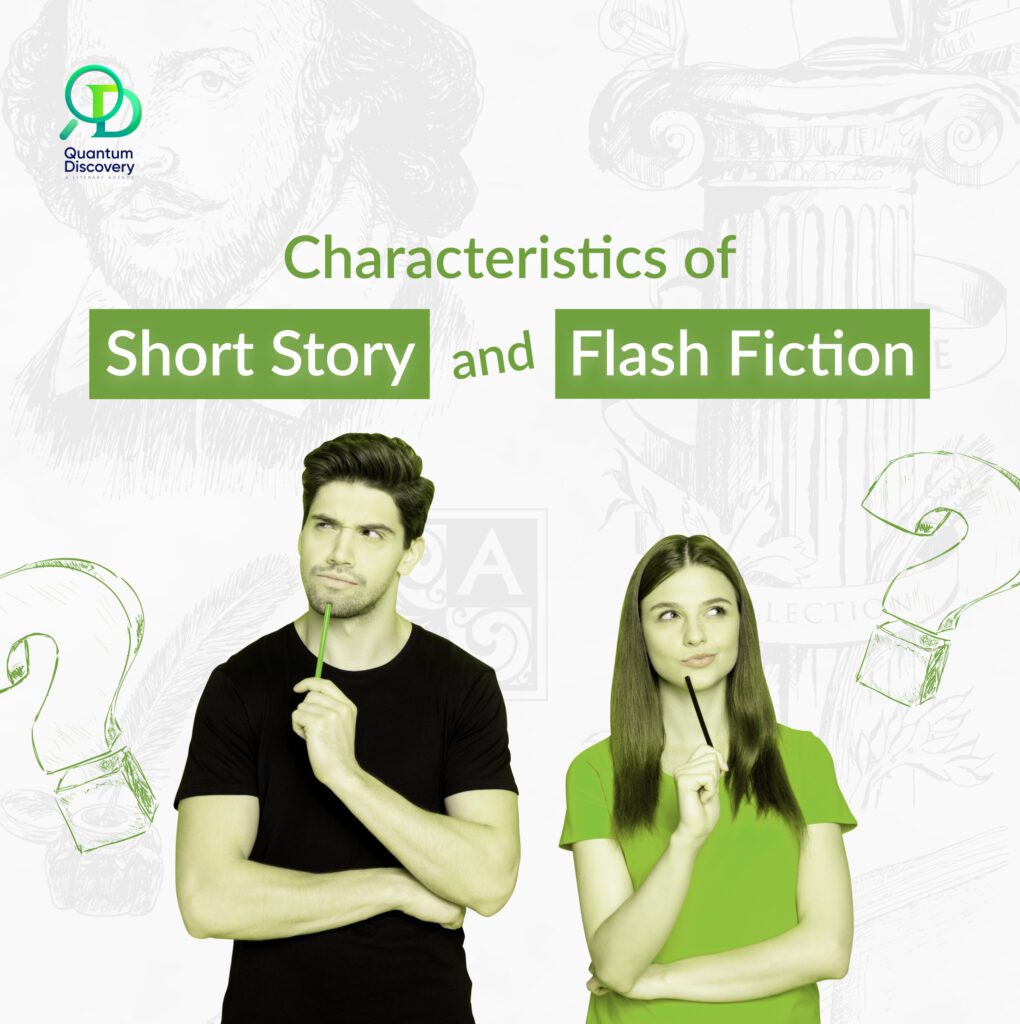Short stories and flash fiction can both be powerful and effective literary forms. Short stories tend to focus on a single event or moment in time, often with a central conflict or tension. Generally, they have a limited cast of characters and take place in a single setting. Flash fiction, on the other hand, often relies on its brevity to convey a single, powerful image or emotion. It can be used to explore a single moment in time or a single emotion in an economical way. Both short stories and flash fiction can be used to explore complex themes and ideas in creative and effective ways.
Length Differences Between flash fiction and short stories.
Flash fiction typically ranges from one hundred to one thousand words, whereas short stories usually contain anywhere between two thousand to fifteen thousand words. Therefore, flash fiction allows authors to express a plot line or idea in fewer words, and often with a sharper focus on plot or idea versus character development. In short stories, authors have a longer space to spread out their ideas and build characters as well as storylines.
Style, Form and Structure.
It is essential to consider style, form and structure when deciding whether to write a short story or flash fiction. Flash fiction can employ varying styles of writing, from more lyrical prose to a tighter language. Short stories offer more room for nuanced character development and plot diversions. Both forms can be structured in different ways such as through linear narration or alternating points of view. Ultimately, the writer’s considerations should reflect the elements they wish to include in their work and the way they wish to construct it.
Focus and Plot Points.
The focus of short stories should typically have a larger scope than flash fiction. While short stories can entail shifts in tone and tempo, the overarching plot usually follows a more distinct arc through which the narrative progresses. Flash fiction typically examines a tighter focus, such as glimpsing into a momentary situation or delving into the depths of an emotion. When it comes to plot points, then, an essential distinction between the two lies in deciding how much exposition is necessary to capture your desired effect.
Characters and Their Developmental Journeys.
You may want to spend more time developing characters and their storylines in short stories. In flash fiction, character goals and actions often occur within the span of just a few sentences or paragraphs. Alternatively, short stories can dive deep into how characters take shape, evolve, and interact with one another. Considering what the climax of the story will be before crafting the narrative helps to ensure an engaging development journey for the protagonist.
Urban vs Literary Settings in Flash Fiction Stories.
Flash fiction stories often take place in an urban setting to maximize the brevity of the content. Standard stories, on the other hand, can be based in both urban and literary settings. In literature-based fiction, more attention is usually paid to descriptive writing and exploring a character’s experiences against a backdrop of nature. With flash fiction, consider how much time you have to develop characters — is their story better told in an urban environment than a rural one? Weigh options carefully when crafting your story’s plot!
Flash fiction and short stories are two writing styles that can provide readers with an enjoyable literary experience, but they possess markedly different characteristics. From length to formatting, learn what makes them unique and how you can use these distinct styles in your own writing. Short stories and flash fiction can both be great tools for writers to explore their creativity and share their stories with the world.

he blog was how do i say it… relevant, finally something that helped me. Thanks
We truly appreciate your time reading our posts, especially for leaving good feedback. Thank you so much!